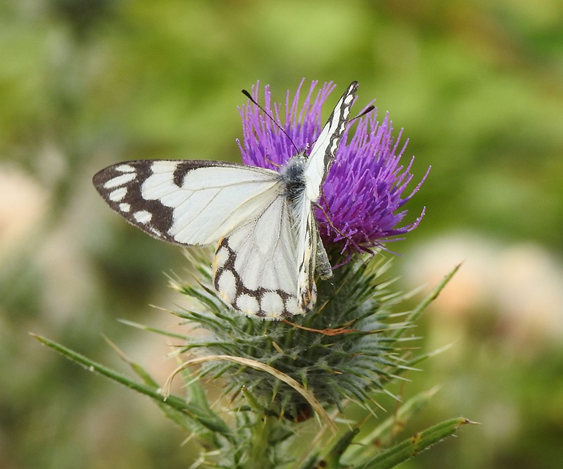August 1 morning
2020 August 1 morning
Message from Gordon Hart:
Hello Butterfly Watchers,
We will be having another Butterfly Walk on Sunday, August 2. We will be following the Covid-19 policies approved by the VNHS Board of Directors. They can be found on page 5 of the July August issue of The Naturalist and I have copied them below.
We meet at the top of Mount Tolmie by the reservoir, at 1.00 p.m. You can park in the parking lot there, or in the large lot north of the summit. After a look around the summit, and depending on the weather, we will decide on a destination from there.
See you on Sunday,
Gordon
Gordon Hart,
Butterfly count coordinator
Victoria Natural History Society
In this “new abnormal environment”, when many events and activities are being cancelled, Dr Bonnie Henry encourages us to get outside. For VNHS members, the preferred activity is a field trip. Yes, trips are still possible, if they can be done safely according to public health directives and using common sense.
Following are what we hope will be temporary guidelines for leaders and participants.
- For now, trips are to be limited to 10 participants, including the leader. However, if there are more than 10, the leader has the option of splitting the group.
- Please respect physical distancing, two metres apart, while on trails and in groups.
- Please bring a face mask to be used if physical distancing is not possible.
- Please ensure that your field trip waiver (attached to the membership application and renewal form) is current and signed. As stated on the form, you are attending field trips at your own risk.
- Please do not carpool unless all occupants are from the same household.
- Please bring your own binoculars and/or spotting scopes and avoid sharing them.
- Please stay at home if you are feeling ill, especially if you have any possible COVID-19 symptoms, or even feel unsure about being with a group of people.
- Please respect the trip leader’s right, and obligation, to limit the number of participants in any field trip. The leader also has the right to alter or even cancel a field trip. Please remember that our field trip leaders are volunteers, giving their time and knowledge freely and generously.
- Finally, please check the VNHS website ahead of time to ensure that the trip is still scheduled to take place.
Gordon Hart
hartgordon19 at gmail dot com
Jeremy Tatum writes: Here is a caterpillar of a Pale Tiger Swallowtail preparing to pupate:


Pale Tiger Swallowtail Papilio eurymedon (Lep.: Papilionidae) Jeremy Tatum
Jody Wells sends upper- and underside view of a female Pine White nectaring on Scotch Thistle bloom. Jody’s choice of the name “Scotch Thistle” for the flower is interesting, and it will be disputed by the botanists. However, writes Jeremy Tatum, his use of that name can be vigorously defended. The name “Scotch Thistle” is often used here for Onopordum, which is not a native plant in Scotland and is certainly not the traditional floral emblem of Scotland. The plant that Jody shows and calls Scotch Thistle is indeed the floral emblem of Scotland, and it was always traditionally called the Scotch Thistle, although I believe the name used in the UK nowadays is Spear Thistle. One might also note in passing that the plant known as Canada Thistle is a European plant, and although abundant here, is not native to Canada or to North America.


Female Pine White Neophasia menapia (Lep.: Pieridae) Jody Wells


Female Pine White Neophasia menapia (Lep.: Pieridae) Jody Wells
